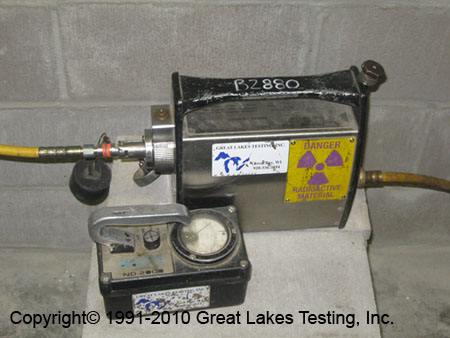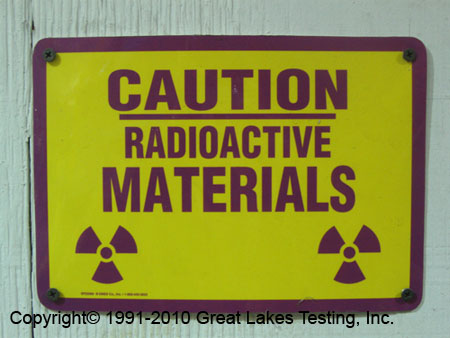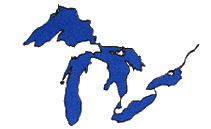Traditional & Computed Radiography
Industrial radiography is a method of non-destructive testing where many types of manufactured components can be examined to verify the internal structure and integrity of the specimen. Industrial Radiography can be performed utilizing either X-rays or gamma rays (we use gamma rays). Both are forms of electromagnetic radiation. The difference between various forms of electromagnetic energy is related to the wavelength. X and gamma rays have the shortest wavelength and this property leads to the ability to penetrate, travel through, and exit various materials such as carbon steel and other metals. Some examples of applications would be welding (fabrication welds, pipeline welds, pressure vessels), castings (cast iron ductile, gray iron, aluminum), and many other things to check internals of material.
Traditional Radiography is the use of film and cassettes to capture an image of the object. With this, we use chemicals to develop the film, and use a view light and densitometer to ensure we have a q uality shot
Computed Radiography is the use of phosphorus plates to capture an image of the object. Using this method, we x-ray castings in-house using a CR unit to scan the plate and transform the image to a DICONDE file format, which in turn allows us to view and alter the images pixel values to see any internal defects within the material.



